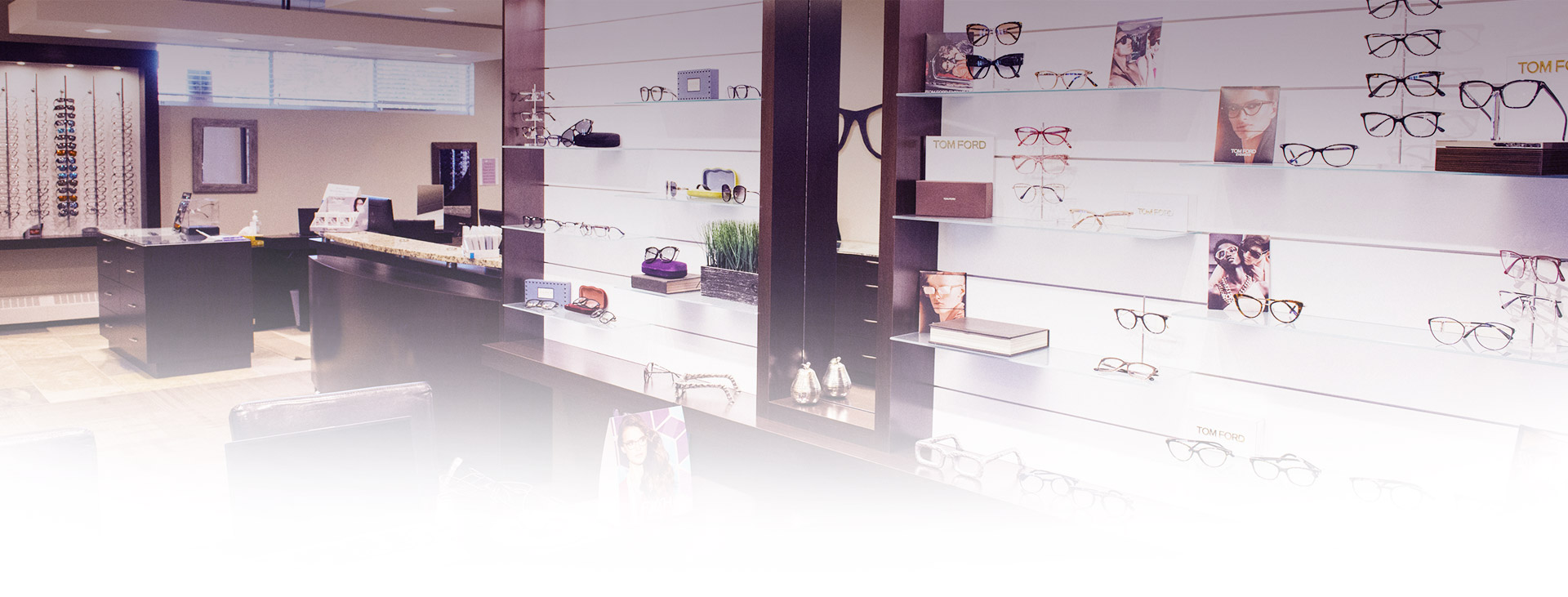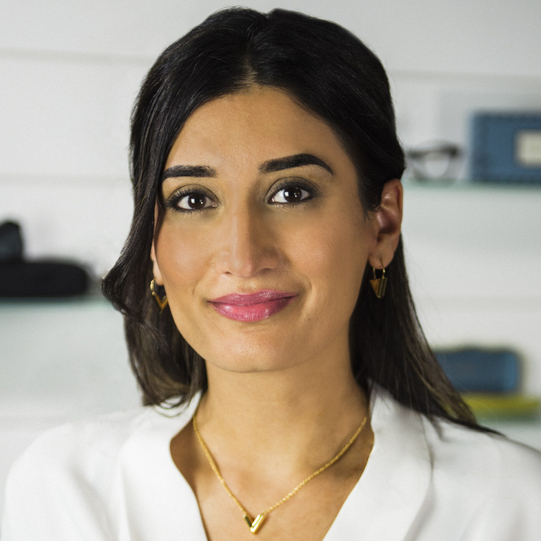The Risk of Dry Eyes
Contact lenses allow for a more natural visual experience, with no frames in the corner of your eye or lenses fogging in humid environments. There are many advantages when your lenses are properly fitted, and you practice thorough lens hygiene. But there are some disadvantages, including the risk of dry eyes.
Contact lenses can cause dryness, leading to a chronic condition called dry eye disease.
What Is Dry Eye Disease?
Dry eye disease (or simply dry eye) is when your eyes produce too few tears or your tears are too poor quality to coat the eye.
A layer of moisture (the tear film) covers the front of your eye, delivering nutrients and cleaning the surface. But your tears are more than water: they also contain oil, mucus, and nutrients. When an eye problem prevents your eyes from creating one or more of these components, it can disrupt your tear film.
Over time, a poor-quality tear film can increase your risk of eye infection, inflammation, and scarring.
Symptoms of dry eye can include:
- Blurry or fluctuating vision
- Burning or stinging
- Gritty, scratchy, or irritated eyes
- The feeling of something foreign in the eye
- Excessive watery tears
Many factors can contribute to dry eye, including contact lens wear.
How Can Contact Lenses Cause Dry Eye?
There are a few ways contact lenses can contribute to dry eye.
Lens Type
There are 2 main types of contact lenses: soft and rigid gas permeable (RGP).
Soft contact lenses need moisture to retain their flexibility and can absorb water from the eye’s surface. The moisture loss can cause dry or patchy spots of cell loss on the cornea. Additionally, protein deposits can cling to the lens, intensifying the feeling of dryness.
RGP lenses (sometimes called hard contact lenses) do not need moisture to retain their shape and are resistant to protein deposits.
Patients experiencing dryness may benefit from switching from soft to RGP contact lenses.
Another alternative is a scleral lens, a type of RGP lens. Most standard lenses rest on the cornea, but scleral lenses vault over the cornea, protecting the eye, retaining a layer of moisture, and allowing more oxygen to reach the cornea.
Lens Replacement
Soft contact lenses are replaced daily, weekly, or monthly. While weekly or monthly lenses mean a single lens lasts longer, it can also contribute to protein buildup. Replacing your lenses more frequently can help prevent dry eye.
Patients who have longer-term replacement schedules may benefit from daily soft contacts, which are discarded at the end of the day.
Lens Fit
Eye inflammation often plays a significant role in dry eye. A poorly fitting lens can irritate the cornea and increase dryness. Changing how the lens rests on the eye can help reduce cornea inflammation. Patients can update their measurements or try a different lens type by scheduling a contact lens exam.
Contact lens exams and fitting are more than a prescription update. A contact lens exam assesses your eye health, including how lens wear affects your cornea and tear film. A fitting helps ensure your contact lens is appropriate, from how you feel to how it impacts your eye.
Lens Solution
Your lens cleaning solution is a crucial part of your contact lens care. However, the same ingredients that remove bacteria and deposits from your lenses can irritate your eyes or disrupt your tear film, causing dryness.
Using a cleaning solution compatible with your lens type is also crucial. Some solutions can cause a reaction or damage your lenses.
How Is Dry Eye Treated?
Multiple methods for managing dry eye are available, from in-office treatments to at-home relief. Your optometrist will work with you to develop a dry eye therapy plan personalized to your needs.
iLux
At Visionary Eye Centre, we offer in-office treatments with the iLux system. The iLux uses gentle heat and pressure to improve tear production by unblocking glands in the eyelids. The treatment usually takes 8–12 minutes.
Punctal Plugs
Punctal plugs are tiny inserts placed in the tears ducts (puncta) to prevent tears from draining so moisture stays on your eye’s surface longer. You are given numbing eye drops to make the brief procedure more comfortable.
Your eye doctor may recommend temporary or semi-permanent plugs, depending on your needs. Temporary plugs dissolve naturally within a few months, whereas semi-permanent plugs can last for years.
At-Home Management
Your optometrist may offer advice for at-home management. We can also recommend products you can use at home to relieve dry eyes, including:
- Eye drops: Artificial tears can support the eye’s tear film and provide fast relief. Talk to your optometrist about eye drops that are safe for contact lenses.
- Eye masks: Heated eye masks can help unblock tears glands and soothe tired eyes.
- Lid wipes: Removing excess bacteria can help control inflammation or unclog blocked tear glands.
- Nutrition: Omega-3 fatty acids can help improve tear quality and reduce inflammation to manage dry eye symptoms.
Personalized Contact Solutions
When you prefer contact lenses over glasses, you want them to work—and we want to help! A contact lens exam and fitting is an opportunity to find a better option. We’ll evaluate your eye health and discuss your needs to create a personalized solution.
Visionary Eye Centre also takes part in the Bausch + Lomb Every Contact Counts recycle program. In 3 simple steps, you can help decrease the number of contact lenses and blister packs that go in landfills each year:
- Get your contacts from your trusted eye doctor at Visionary Eye Centre
- Discard your used contacts and blister packs in the bag provided by your optometrist
- Drop off your bag of collected waste at our office to be recycled
See life clearly. Request an appointment today at Visionary Eye Centre.



